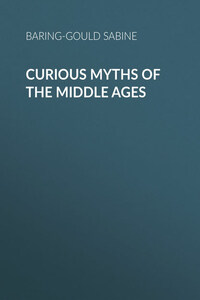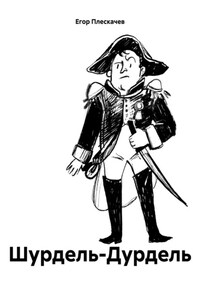The Disappearance of Bathurst
The mystery of the disappearance of Benjamin Bathurst on November 25, 1809, is one which can never with certainty be cleared up. At the time public opinion in England was convinced that he had been secretly murdered by order of Napoleon, and the "Times" in a leader on January 23, 1810, so decisively asserted this, that the "Moniteur" of January 29 ensuing, in sharp and indignant terms repudiated the charge. Nevertheless, not in England only, but in Germany, was the impression so strong that Napoleon had ordered the murder, if murder had been committed, that the Emperor saw fit, in the spring of the same year, solemnly to assure the wife of the vanished man, on his word of honour, that he knew nothing about the disappearance of her husband. Thirty years later Varnhagen von Ense, a well-known German author, reproduced the story and reiterated the accusation against Napoleon, or at all events against the French. Later still, the "Spectator," in an article in 1862, gave a brief sketch of the disappearance of Bathurst, and again repeated the charge against French police agents or soldiers of having made away with the Englishman. At that time a skeleton was said to have been discovered in the citadel of Magdeburg with the hands bound, in an upright position, and the writer of the article sought to identify the skeleton with the lost man.1
We shall see whether other discoveries do not upset this identification, and afford us another solution of the problem – What became of Benjamin Bathurst?
Benjamin Bathurst was the third son of Dr. Henry Bathurst, Bishop of Norwich, Canon of Christchurch, and the Prebendary of Durham, by Grace, daughter of Charles Coote, Dean of Kilfenora, and sister of Lord Castlecoote. His eldest brother, Henry, was Archdeacon of Norwich; his next, Sir James, K.C.B., was in the army and was aide-de-camp to Lord Wellington in the Peninsula.
Benjamin, the third son of the bishop, was born March 14, 1784,2 and had been secretary of the Legation at Leghorn. In May, 1805, he married Phillida, daughter of Sir John Call, Bart., of Whiteford, in Cornwall, and sister of Sir William Pratt Call, the second baronet. Benjamin is a Christian name that occurs repeatedly in the Bathurst family after the founder of it, Sir Benjamin, Governor of the East India Company and of the Royal African Company. He died in 1703. The grandfather of the subject of our memoir was a Benjamin, brother of Allen, who was created Baron in 1711, and Earl in 1772.
Benjamin had three children: a son who died, some years after his father's disappearance, in consequence of a fall from a horse at a race in Rome; a daughter, who was drowned in the Tiber; and another who married the Earl of Castlestuart in 1830, and after his death married Signor Pistocchi.
In 1809, early in the year, Benjamin was sent to Vienna by his kinsman, Earl Bathurst, who was in the ministry of Lord Castlereagh, and, in October, Secretary of State for the Foreign Department. He was sent on a secret embassy from the English Government to the Court of the Emperor Francis. The time was one of great and critical importance to Austria. Since the Peace of Pressburg she had been quiet; the Cabinet of Vienna had adhered with cautious prudence to a system of neutrality, but she only waited her time, and in 1808 the government issued a decree by which a militia, raised by a conscription, under the name of the "Landwehr," was instituted, and this speedily reached the number of 300,000 men. Napoleon, who was harassed by the insurrection in the Peninsula, demanded angrily an explanation, which was evaded. To overawe Austria, he met the Emperor Alexander of Russia at Erfurth, and the latter when sounded by Austria refused to have any part in the confederation against Napoleon. England, in the meantime, was urging Austria to cast down the gauntlet. In pledge of amity, the port of Trieste was thrown open to the English and Spanish flags. In December, a declaration of the King of England openly alluded to the hostile preparations of Austria, but the Cabinet at Vienna were as yet undecided as to the course they would finally adopt. The extreme peril which the monarchy had undergone already in the wars with Napoleon made them hesitate. England was about to send fifty thousand men to the Peninsula, and desired the diversion of a war in the heart of Germany. Prussia resolved to remain neutral. Napoleon rapidly returned from Spain, and orders were despatched to Davoust to concentrate his immense corps at Bamberg; Massena was to repair to Strasburg, and press on to Ulm; Oudenot to move on Augsburg, and Bernadotte, at the head of the Saxons, was to menace Bohemia. It was at this juncture that Benjamin Bathurst hurried as Ambassador Extraordinary to Vienna, to assure the Cabinet there of the intentions of England to send a powerful contingent into Spain, and to do all in his power to urge Austria to declare war. Encouraged by England, the Cabinet of Vienna took the initiative, and on April 8 the Austrian troops crossed the frontier at once on the Inn, in Bohemia, in Tyrol, and in Italy.














